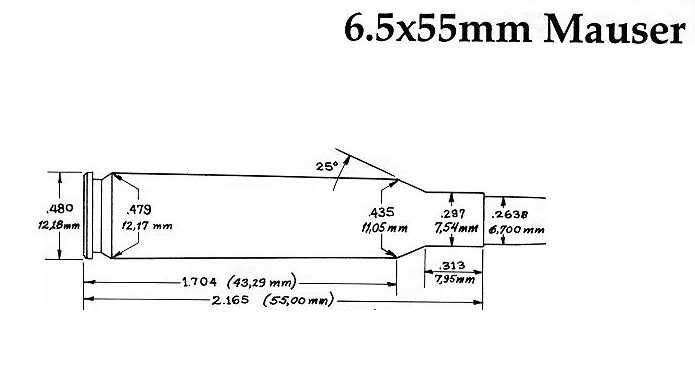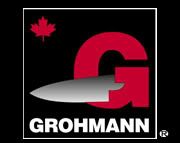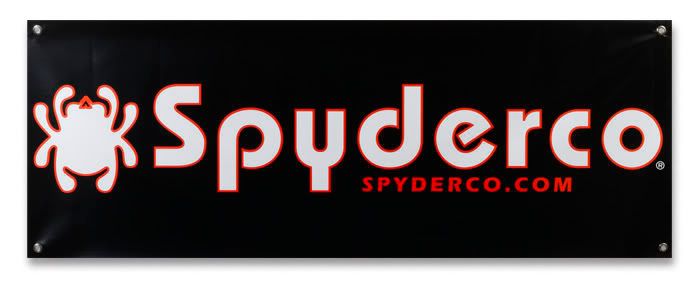 The story of how this gun came to be in my collection is convoluted. While stationed in the Republic of Korea (ROK) from 1977 to 1981, reading about firearms was one of my few retreats from service and being a dad to my son and daughter.
The story of how this gun came to be in my collection is convoluted. While stationed in the Republic of Korea (ROK) from 1977 to 1981, reading about firearms was one of my few retreats from service and being a dad to my son and daughter.What got into my head was a project involving a early Mauser, preferably a 1895, set up as a light 7x57 rifle with peeps and turned down bolt handle. The intent to use that gun as a truck gun and the constant planning kept me entertained for hours. I did manage to buy a Brazilian 95 action for the project and get it rebarreled to 7x57. But, anything you do long distance (especially at that time pre-internet) is bound to be full of pitfalls and the action itself seemed to hold most of them, it was pitted beyond belief. The well-known company that rebarreled and blued the gun hadn't bothered to say that it was unsuitable, they just did the work and took my money. It is not something I would have done if it was my company but they did and the result was I had only a good barrel.
 This is my stock disk. As you can see, the 3 in the smaller sector has the triangle over it indicating that the bore was "acceptable". The gun shoots very well but it did take a bit of cleaning. It would also have shot a bit higher than many with the 1941 ammo. This is the earlier type disk which doesn't give the actual bore diameter. Frankly, I think the value of this is negligble but it does fill the hole in the stock.
This is my stock disk. As you can see, the 3 in the smaller sector has the triangle over it indicating that the bore was "acceptable". The gun shoots very well but it did take a bit of cleaning. It would also have shot a bit higher than many with the 1941 ammo. This is the earlier type disk which doesn't give the actual bore diameter. Frankly, I think the value of this is negligble but it does fill the hole in the stock.  So, what to do? Well, the project was put on hold and the barrel sold when I returned to the states and was between assignments. Short of cash, I didn't feel that I could invest in another gun and didn't but made do. About 1986 there were a number of 1896 Swedish rifles on sale at a local department store. I bought one and shot it some. As a full length rifle, complete with 29" barrel. It was simply unhandy.
So, what to do? Well, the project was put on hold and the barrel sold when I returned to the states and was between assignments. Short of cash, I didn't feel that I could invest in another gun and didn't but made do. About 1986 there were a number of 1896 Swedish rifles on sale at a local department store. I bought one and shot it some. As a full length rifle, complete with 29" barrel. It was simply unhandy. Now I like the small ring Mausers. Those guns, obsolete as they are, and the Lee-Enfields are the only bolt guns to come close to floating my boat. But the 29" barreled infantry rifles are too much of a good thing and there were plenty of them, right? So the rifle got bubbaed. The barrel was bobbed to 22" and a Williams Shorty ramp and post front was installed together with a Williams Foolproof Receiver Sight. The stock was then cut down and Uncle Mike's sling swivel studs were installed fore and aft. Extra holes exposed by the "surgery" were filled with AcraGlas and the stock sanded and a filler and stock finish applied. Reassembled the rifle went to the range and did passably well with Norma factory 6.5x55 139 gr. bulleted loads, some Century Arms FMJ stuff and some surplus FMJ. Define "passably well" you say. How about 1½" or better at 100 yards? Yep, it was doing very well. But, that military stock was ugly and the bolt still stuck out at 90 degrees to the action. Something had to be done.
That something came in the form of the Ramline injection molded stock. I wasn't so persnickety that I wouldn't try this marvel of modern technology and it would be good for a truck gun, right? Yes and no.
Yes because the accuracy of the gun was the same or better in the Ramline stock. I shot several sub 1" groups at 100 yards from the sitting position. This astonished the Brigade Chaplain! Yes because the stock was pretty much impervious to anything and suffered the area behind my truck seat without complaint. Yes, because the rifle was low threat in appearance. ...and no.
 No because the stock was ugly as homemade sin. No because the stock was hollow and if you struck it the noise could be heard to quite a distance. No because the stock was seemingly dimensioned for a fellow bigger than me and it didn't feel handy. So, I went back to the original stock and sold the Ramline on eBay, at a profit... This is how it looks now.
No because the stock was ugly as homemade sin. No because the stock was hollow and if you struck it the noise could be heard to quite a distance. No because the stock was seemingly dimensioned for a fellow bigger than me and it didn't feel handy. So, I went back to the original stock and sold the Ramline on eBay, at a profit... This is how it looks now.Now the rifle was as it would be, for a while anyway, let's go back to the cartridge...
 The 6.5x55mm Swedish Mauser cartridge was developed by a joint Swedish/Norwegian commission in 1893. It was officially adopted as the military cartridge of Sweden and Norway in 1894. Original military loads utilized a 160 or 159 gr. roundnosed bullet at a starting velocity of about 2300-2400 feet per second (fps). After the German move to the spitzer bullet this was changed to a 139-140 gr. spire point bullet at about 2600-2700 fps. Of course, as a military round, ammunition has been produced in blank/non-bulleted and gallery load (for training) versions as well as with different bullets for different applications. A lot of development of the round was done for use in precision rifle competition and it is considered by many to be one of those "naturally" accurate cartridges. The Scandinavians have used it for moose. On paper it is very similar to the .30 Winchester Center Fire (WCF, aka .30-30) but many think it superior due to the much improved sectional density of the long, lean 160 gr. bullets. It is generally recommended to hold pressures in the small ring Mauser actions to 45,000 PSI. This holds the cartridge back compared to the much more modern .260 Remington but not by much. 120 gr. bullets can be driven to 2900 fps. Suddenly the 6.5x55 seems to shine.
The 6.5x55mm Swedish Mauser cartridge was developed by a joint Swedish/Norwegian commission in 1893. It was officially adopted as the military cartridge of Sweden and Norway in 1894. Original military loads utilized a 160 or 159 gr. roundnosed bullet at a starting velocity of about 2300-2400 feet per second (fps). After the German move to the spitzer bullet this was changed to a 139-140 gr. spire point bullet at about 2600-2700 fps. Of course, as a military round, ammunition has been produced in blank/non-bulleted and gallery load (for training) versions as well as with different bullets for different applications. A lot of development of the round was done for use in precision rifle competition and it is considered by many to be one of those "naturally" accurate cartridges. The Scandinavians have used it for moose. On paper it is very similar to the .30 Winchester Center Fire (WCF, aka .30-30) but many think it superior due to the much improved sectional density of the long, lean 160 gr. bullets. It is generally recommended to hold pressures in the small ring Mauser actions to 45,000 PSI. This holds the cartridge back compared to the much more modern .260 Remington but not by much. 120 gr. bullets can be driven to 2900 fps. Suddenly the 6.5x55 seems to shine.I'm a member of the heavy slow division and never could get excited by the bullets lighter than 140 gr. I prefer the 160 gr. Of course, the Swedish rifles are throated to accept the 160s and do their best work with bullets 140 gr. and heavier. The twist rate is 1-7½" more than adequate to stabilize the long 160 gr. bullets.
I started with the various 140 gr. bullets. At the time I was interested in cost over any cachet a particular bullet might have. The good thing is that this cartridge doesn't produce velocities requiring something more sophisticated than the common cup-and-core bullet. That helps keep costs down. It also helps with availability. Those 140 gr. bullets seem to be the most widely available of any 6.5mm or .264" diameter bullets. This may be because this weight is indeed near perfect for the cartridge giving good performance with simple cup-n-core bullets while also allowing good velocities and sufficiently flat trajectories.
I did finally find some 160 gr. bullets (pre-internet) and bought 2 boxes at a clearance but didn't have an opportunity to load them for several years. I ended up trying them with H4831 and H4350. For some reason that doesn't seem clear to me as I write this, I just wasn't happy. Oh, accuracy was acceptable. Velocity was within expected parameters and the trajectory wasn't an impediment to good shooting. I have to revisit this.
Related Links of Interest:
- Berdan Primers in the 6.5 X 55 Swedish Mauser






















No comments:
Post a Comment